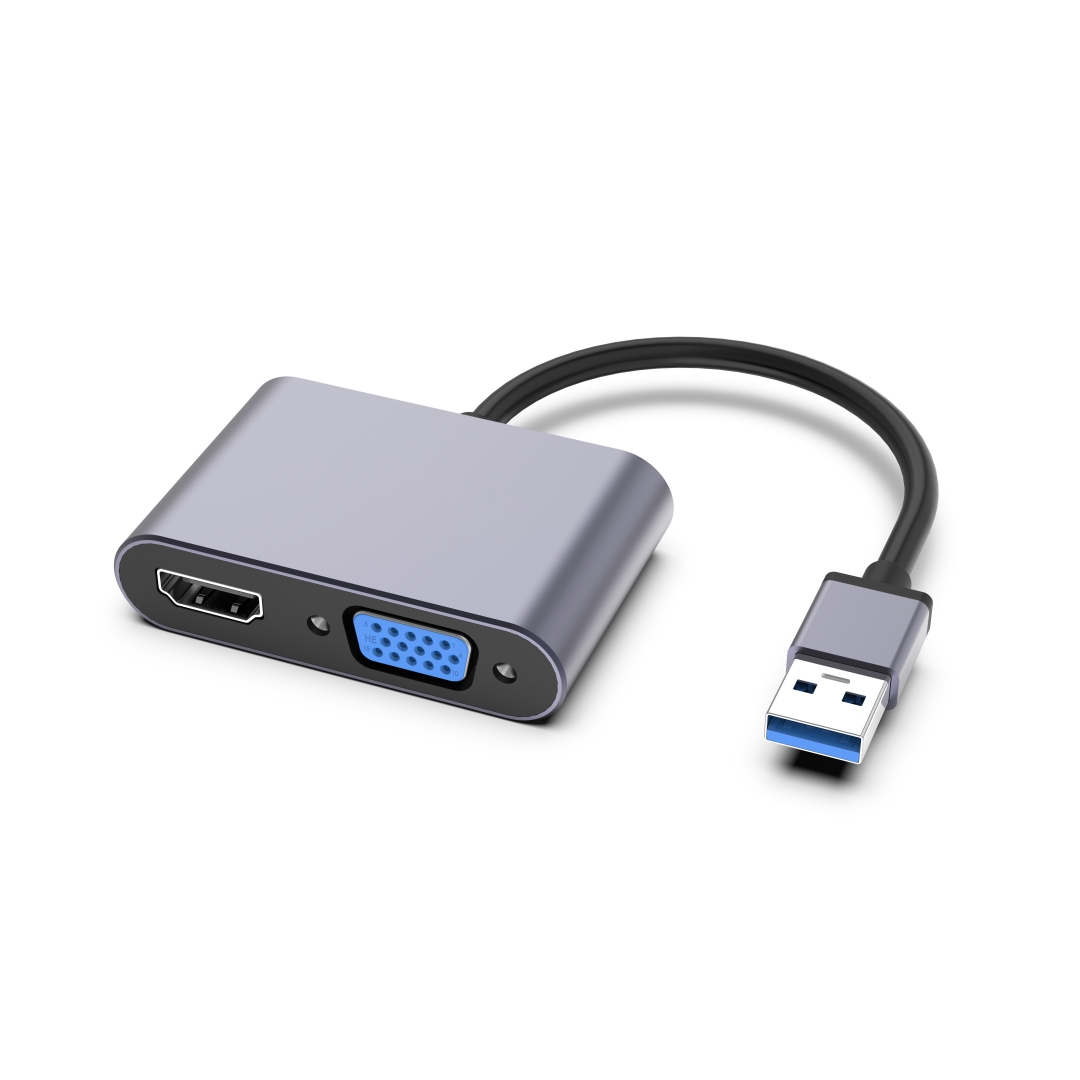The Adaptation of USB Hubs to Computer Systems: A Complete Guide

In this article, we aim to provide comprehensive answers to questions related to the adaptation of USB hubs to computer systems. USB hubs are an essential device that allows users to connect multiple USB devices to their computers simultaneously. Understanding their compatibility with different computer systems is crucial for seamless connectivity and enhanced functionality. Let's dive into the world of USB hubs and explore their compatibility aspects.
1. Compatibility with Operating Systems
One of the key considerations when adapting USB hubs to computer systems is their compatibility with different operating systems. USB hubs are designed to work with a wide range of operating systems, including Windows, macOS, Linux, and Chrome OS. The majority of USB hubs are plug-and-play devices, which means they require no additional software installation for basic functionality.
However, certain advanced features of USB hubs, such as power delivery and data transfer rates, may require specific drivers or firmware updates. It is essential to check the manufacturer's website or documentation to ensure compatibility with your operating system and access all the features the USB hub has to offer.
2. Power Requirements and Considerations
USB hubs draw power from the computer system to which they are connected. It is crucial to consider the power requirements of the USB hub and the availability of power from the computer's USB ports. Some USB hubs come with external power adapters to provide additional power for charging devices or powering high-energy USB peripherals.
When connecting power-hungry devices to a USB hub, it is important to ensure that the computer system can supply sufficient power to both the USB hub and the connected devices. Insufficient power can lead to device malfunctions or charging issues. Checking the USB hub's power specifications and consulting the computer system's documentation can help ensure compatibility and avoid power-related issues.
3. USB Hub Specifications and Connection Types
USB hubs are available in various specifications and connection types, including USB 2.0, USB 3.0, and USB-C. The choice of USB hub specifications depends on the computer system's USB ports and the desired data transfer speeds. USB 3.0 and USB-C hubs offer faster data transfer rates compared to USB 2.0 hubs.
Additionally, USB hubs come with different types and numbers of ports, such as Type-A, Type-C, and Thunderbolt ports. It is essential to choose a USB hub that matches the computer system's available ports to ensure seamless connectivity. USB hubs with backward compatibility can also be used with older computer systems, allowing users to connect legacy USB devices.
In summary, the adaptation of USB hubs to computer systems involves considerations of operating system compatibility, power requirements, and USB hub specifications. By understanding these aspects, users can make informed decisions when selecting and integrating USB hubs into their computer setups, ensuring optimal performance and functionality.
Overall, USB hubs serve as a convenient solution for expanding the connectivity options of computer systems, enabling users to connect and manage multiple USB devices effortlessly. Keeping compatibility in mind will enhance the user experience and maximize the benefits of USB hub integration.



